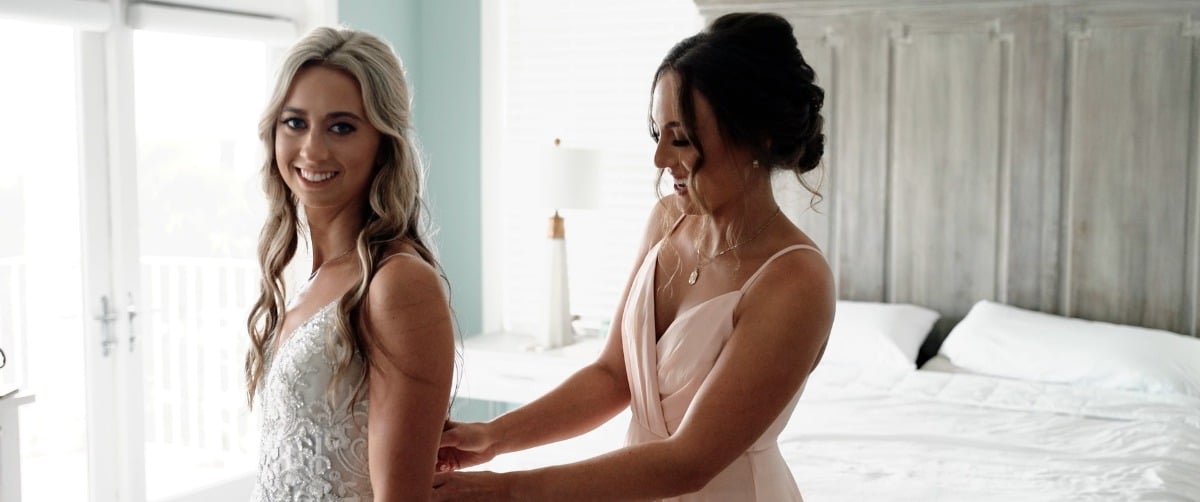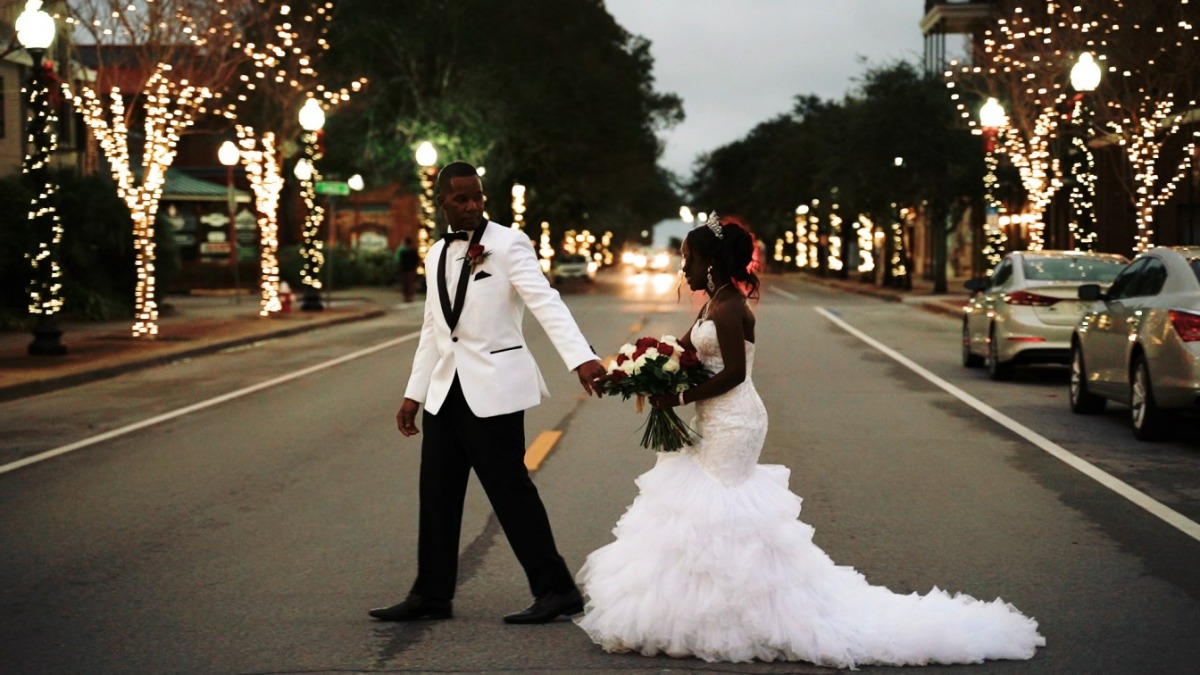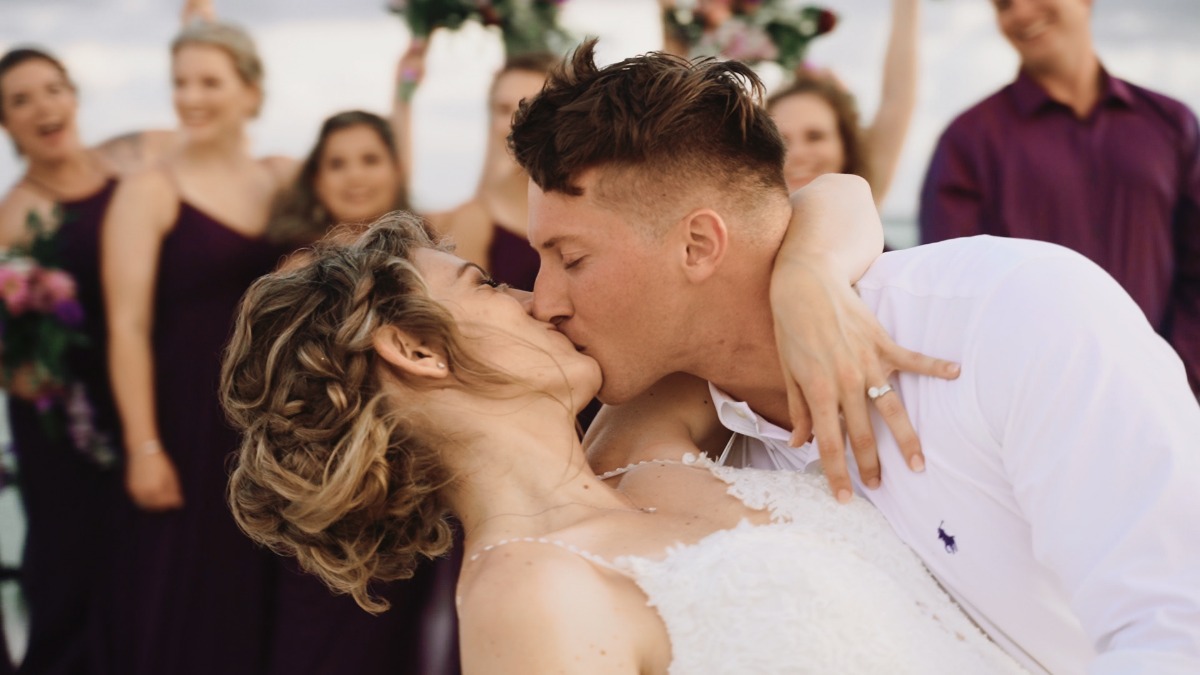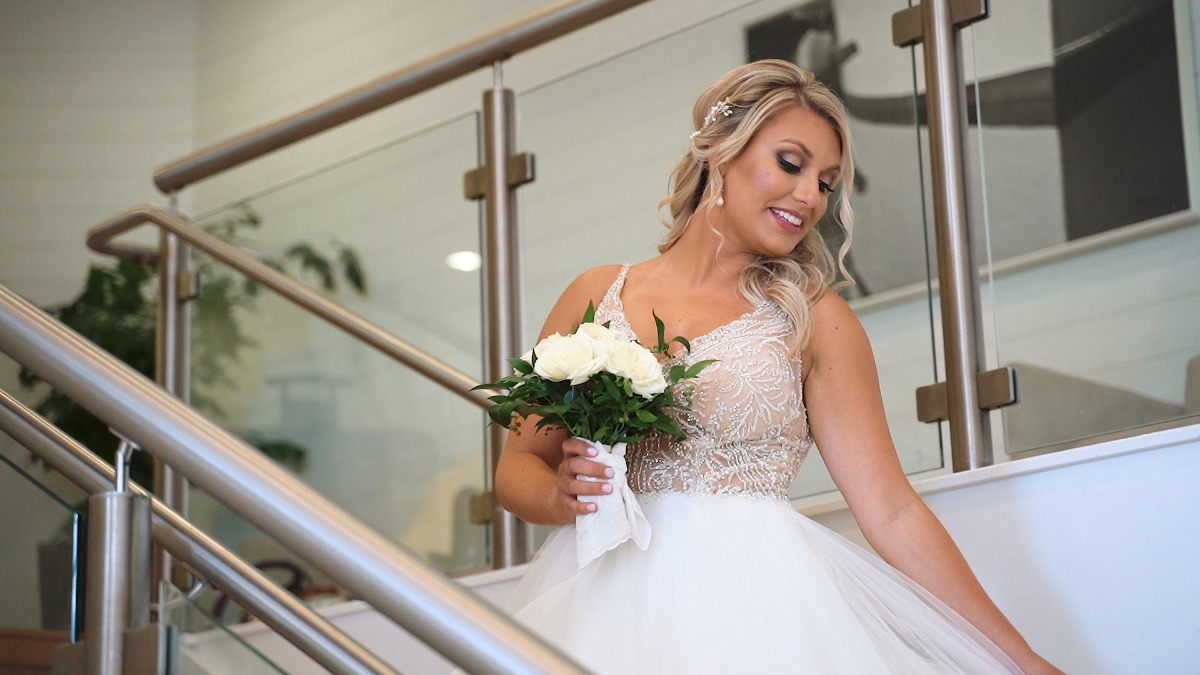5 Videography Trends That Need to Disappear in 2022

No matter how old you are, you could probably think of a trend or two that’s best left in the past. From smoking cigarettes to wearing low-rise jeans, most of us have either witnessed or participated in things that made sense at the time…but definitely don’t anymore. It’s pretty much the same with videography, actually. In essence, you’re capturing an event of some kind on video, but that basic description contains innumerable stylistic choices that make each video special (or not). Destin Florida wedding photographer Dalton Young, for example, creates perfectly crafted wedding videos for their clients–and they do a lot more than just show up with some fancy equipment and hit “record”. Their wedding videos are informed by the wishes of the client, the skill of the videographer, and yes–current videography trends. In most cases, this is exactly what people want. What happens when a videography trend holds on for a little too long, though? It’s like when your aunt hangs on to some really dated shoes because “they were all the rage when she bought them”. Maybe so, but then everyone else bought them too, and now everyone’s buying something else. Whether you’re talking about shoes or videography trends, things go from new, to over-used, to old very quickly. That being the case, let’s check out 5 videography trends that don’t have any business sticking around in 2022.
1. Making everything picture-perfect

Body positivity made big strides in 2021, and that included admitting that regular people simply don’t look like airbrushed models–and they shouldn’t be expected to, either. A professional videographer usually spends a lot of time editing, and while many people want to look their best on camera for one reason or another, airbrushing everyone into Kardashian look-alikes is a bridge too far. It makes sense to erase stains or stray hairs, but when it comes to blurring out natural textures, lines, or wrinkles, it can get to the point where the videographer is detracting from his subjects’ individuality. It's natural to want to look good for a video, but what about the characteristics that set someone apart from everyone else? Hopefully, the drive for perfection will take a step back as people realize that they already look good enough for the camera.
2. Exaggerated color saturation or filters

You know the girls who get a set of fake nails and develop a whole new personality? That’s analogous to what’s going on when a videographer slaps a quirky filter on a video or messes with the color saturation to be “artistic”. Sometimes that can be a valid decision, but in many cases, it’s just a way to hide the lack of effort or skill that went into making a video. If they can put a filter onto footage of someone at a hipster coffee shop, it doesn’t matter that the video is badly shot or edited. As long as it looks good everything’s fine, right? The problem is, some people want substance as well as style, so this approach doesn’t always fly. It can work really well in certain contexts, and the client may actually ask for that kind of effect; however, it’s definitely over-used at this point, and it needs to be replaced with something better.
3. Too many drone shots

Drone shots are cool–or at least they were when drones were first made available for public use. These days, however, they’re more likely to be used as filler for videos that could have been half as long if they’d just focused on actual content. Yes, drone shots can still be pretty epic if they’re used correctly; the problem is that they’re so often used incorrectly. Like off-the-wall color saturation or a cute filter, drone shots are often used to spruce up an otherwise uninteresting video. Even though there’s nothing inherently tacky about putting a few drone shots in a video, it’s just such a cliché at this point. Given the fact that we’ve all seen several hundred drone shots by now, videographers who do use them should probably go the extra mile and make sure their drone shots are special enough to stand out.
4. Random close-ups

A professional videographer is able to tell a story; they have to create a certain effect not only by deciding which parts of the raw footage to include, but also how everything is framed, lit, etc. One effect that can be very impactful is the close-up. It works well if you’re trying to create that “pulling on your heartstrings” effect, or even a sense of intimacy. Unfortunately, so many videographers insert senseless close-ups that serve very little purpose other than breaking up the monotony of the rest of the video. If a video is loaded with close-ups, it could make people wonder if the videographer got a little too excited about the footage from a new macro lens, and just threw it all into the same video. Remember, just because you can doesn’t mean you should.
5. The fake “aged” look

High-caliber videographers shoot in at least 1080p; this ensures crisp, clean footage. However, their top-tier equipment won’t count for much if the editing process turns the video into something that looks like it was filmed in the 70s. As a stylistic choice, this isn’t always a terrible idea. That being said, it’s often used to lend character to an otherwise boring video; it might even be a way to hide accidentally blurry shots. Editing video footage to look grainy and old can have the right impact for certain projects, but it certainly shouldn’t be used as a band-aid for lack of skill or poor-quality footage.
The takeaway
None of these trends deserve to be completely abolished; it’s just that they need to fade into the background for now. Maybe someday they’ll make a comeback if people start rediscovering them, but for now, they’re old news. Even if current trends don’t have much more to offer than these do, at least they give us something new to obsess over for a while!
We partnered with Dalton Young Videography to make sure your wedding video ages like a fine wine. As always, thanks for supporting our sponsors!
- Wedding Films: Dalton Young Videography